
Last Updated:
If you’re considering choosing between AMD and Nvidia for your middle GPU we have the page for you. We compare the RX 6700 XT vs RTX 3060 Ti to see which is the better choice for you. Aiming to be your next best graphics card for 1080p and potentially 1440p gaming.
There was some time between the releases of the two graphics cards. The RX 6700 XT debuted in March of 2021. Whilst the RTX 3060 Ti was out a few months before that in December 2020. Both of which are part of follow-up releases and not the initial lineup for their generation.

ASUS ROG Strix Radeon RX 6700 XT OC
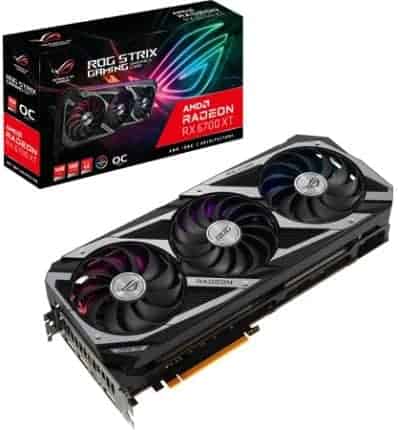

ASUS GeForce RTX 3060 TI ROG Strix Gaming OC
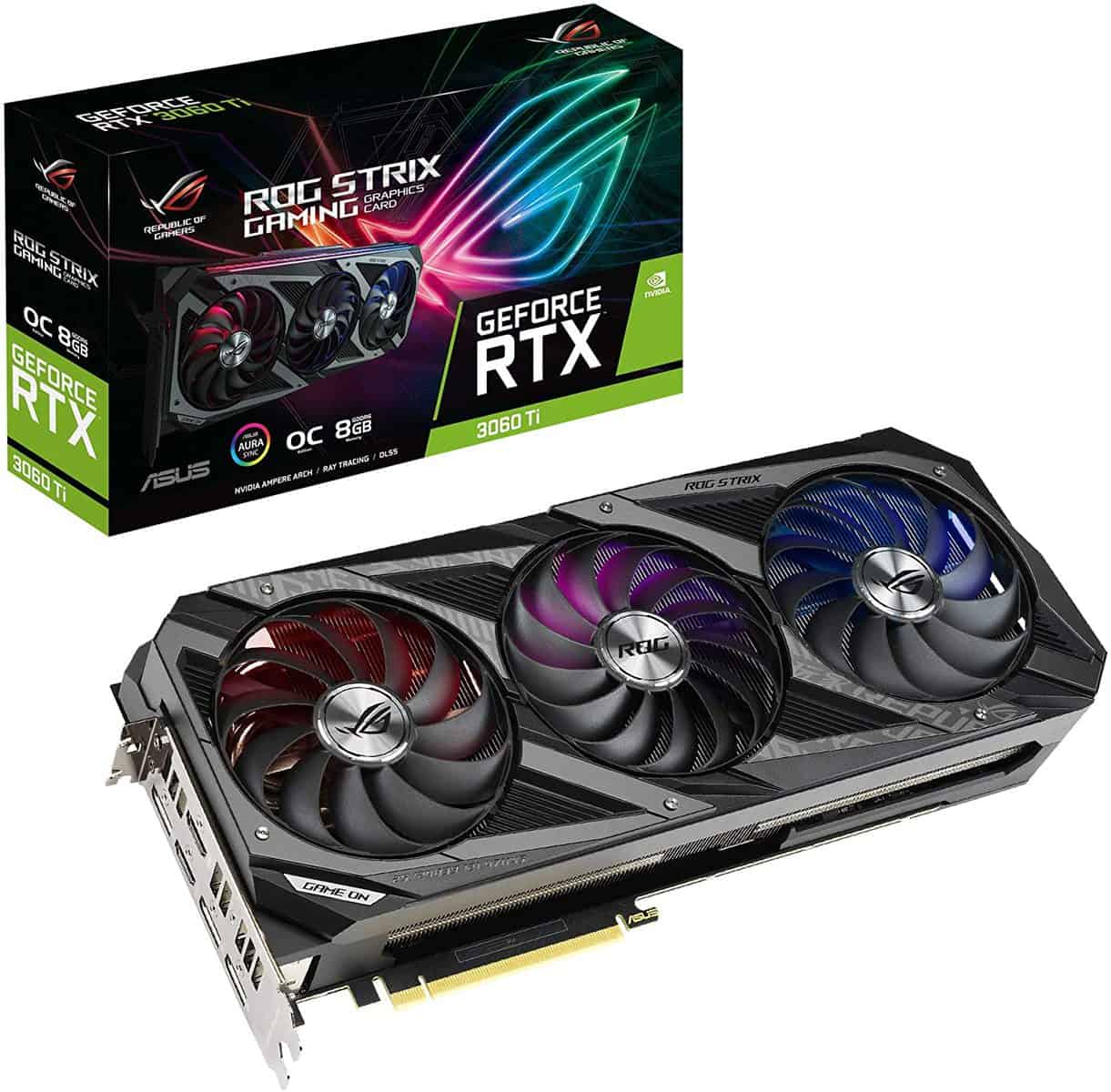
Pros
Excellent aesthetic design
Cons
On the higher end of the price spectrum
Architecture
Fundamentally, the two graphics cards will be hard to compare on the die level. Created by different companies they are optimized and created differently that are also reported differently. So we take a look at what those base differences are.
The AMD card is based on the RDNA 2 architecture. In particular, it uses the Navi 22 XT variant. Created with TSMCs 7 nm process creating a die 335 mm² in size and containing 17.2 billion transistors. Whereas Nvidia is on the Ampere architecture, with the 3060 Ti based on the GA104-200 GPU variant. Created with Samsung 8 nm process making a 392 mm² die with 17.4 billion transistors.
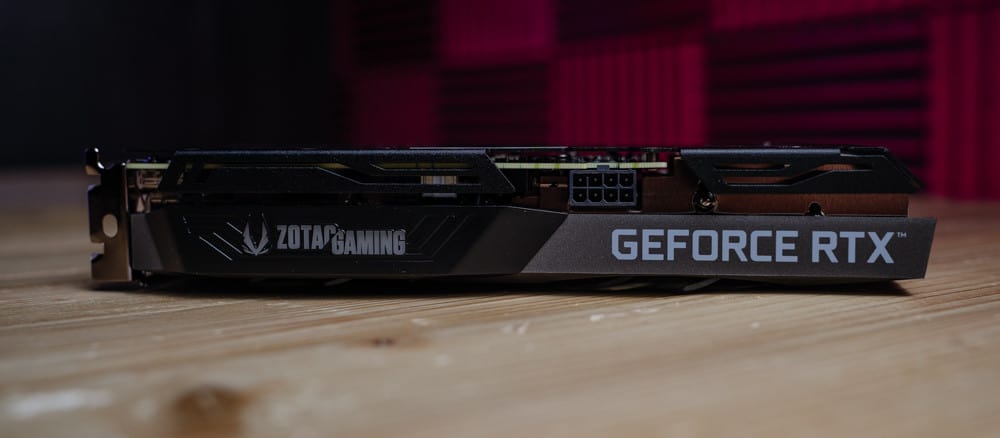
Specifications
| RX 6700 XT | RTX 3060 Ti | |
|---|---|---|
| GPU | Navi 22 XT | GA104-200 |
| Shaders | 2,560 | 4,864 |
| RT cores | 50 | 38 |
| TMUs | 160 | 152 |
| Memory | 12 GB GDDR6 | 8 GB GDDR6 |
| Base clock | 2,321 MHz | 1,410 MHz |
| Boost clock | 2,581 MHz | 1,665 MHz |
| Memory clock | 16 Gbps | 14 Gbps |
| Card bus | PCIe 4.0 x16 | PCIe 4.0 x16 |
| Memory bandwidth | 384.0 GB/s | 448.0 GB/s |
| TDP/TBP | 230 W | 200 W |
There are some parts you can compare that may be standard. As well as looking into what makes up the architecture, even with different reporting methods.
GPU die cores
The die cores in a graphics card are the individual specialized parts that work on particular areas of graphics. In particular, we have shaders working on shadows and shading on a scene. With RT cores focused on real-time ray tracing, and TMUs creating 3D objects from bitmaps.
Between our two options, it’s the Nvidia card that reports a higher number in that spec. Although unlikely to be of equal value between the two architectures. As we see the AMD card has a higher RT and TMU core count. But as we see that even with more RT cores AMD doesn’t have the same performance in that area.
Video memory
VRAM is the pixel store and buffer zone on the graphics card. With larger capacities and speeds enabling higher resolutions to work better with their larger pixel counts. Whilst being a buffer allows for a better smoother experience between the components and end result.
In the 6700 XT vs 3060 Ti, they both utilize the same type of memory with GDDR6 but vary in capacity and bandwidth. The 6700 XT opting for 12 GB clocked at 16 Gbps with a 192-bit bus creates a bandwidth of 384 GB/s. Whilst the 3060 Ti is clocked at 14 Gbps but across a 256-bit bus allowing for a bandwidth of 448 GB/s.
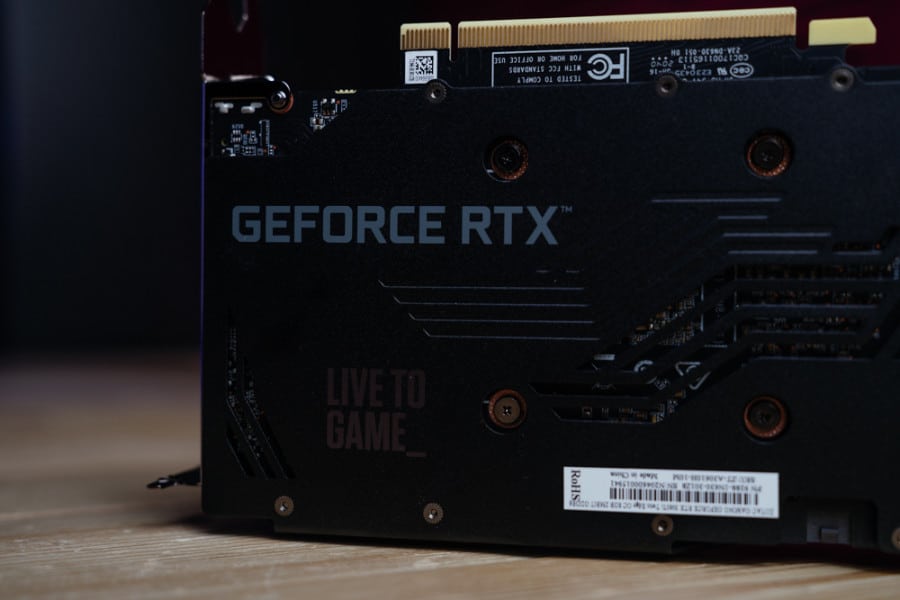
Frequency
The frequency is also known as the clock rate or cycle of the silicon crystal. It is how often it flips and processes instructions to create the graphics. So it is the more popular candidate for overclocking to get the most performance out of the graphics card.
Following the trend, it’s team Red that has much higher clock speeds across the board. With a base clock of 2,321 MHz, a game clock of 2,424 MHz, and a 2,581 MHz boost clock. Whilst team Green only achieves a 1,410 MHz base clock and a 1,665 MHz boost clock. Nearly a Gigahertz lower it is a fair bit slower but may not count for as much in performance as other factors.
TDP/TBP
Thermal design power or total board power are slight variances from each other but relate to the same factor. It will inform you how much energy the cards will consume at max utilization. Telling you how much electricity they will consume and the kind of heat the cards will give off. Between the two options, the 6700 XT is slightly higher at 230 W compared to 200 W. Meaning the 3060 Ti can run with lower energy and cooler overall.
RX 6700 XT vs RTX 3060 Ti performance
We first take a look at the RX 6700 XT vs RTX 3060 Ti performance with 3DMark benchmarks. This gives us the base graphics score for both and the value for money with their MSRP. We see the 6700 XT get a score of 12,827 with 26 points in value for money. Whilst the 3060 Ti achieves a score of 11,700 but with a value of 29.
In-game performance, we take a look at Toms Hardware’s RX 6700 XT review. We see at 1080p on average the 6700 XT achieves 5.5 FPS higher than the 3060 Ti. With the average falling slightly to 4.4 FPS higher at 1440p. But at 4k the 3060 Ti catches up and averages 0.1 FPS higher than the 6700 XT. Likely from its better memory bandwidth to help the higher resolutions.
We can also expect the Nvidia card to perform better at ray tracing and rendering tasks. With its much better optimization and solution to complete those tasks with a higher framerate or much faster.
Previous
Next
Source: Tom’s Hardware, RX 6700 XT review performance average
RX 6700 XT vs RTX 3060 Ti price
There is also a chance to look at the MSRP at launch for both of the graphics cards. The 6700 XT asked for $479, whilst the 3060 Ti had an asking price of $399. So we have seen that the Nvidia option is better for the money.
However, we have to consider if you can get them for that price. The GPU market has been settling to normal MSRP more recently. However, Nvidia cards in particular and the popular options are still more expensive. So we find the 6700 XT can be found for close to MSRP or slightly higher. However, the 3060 Ti is even higher than the 6700 XT and so much more expensive than its own MSRP a large markup.

MSI Radeon RX 6700 XT Gaming X
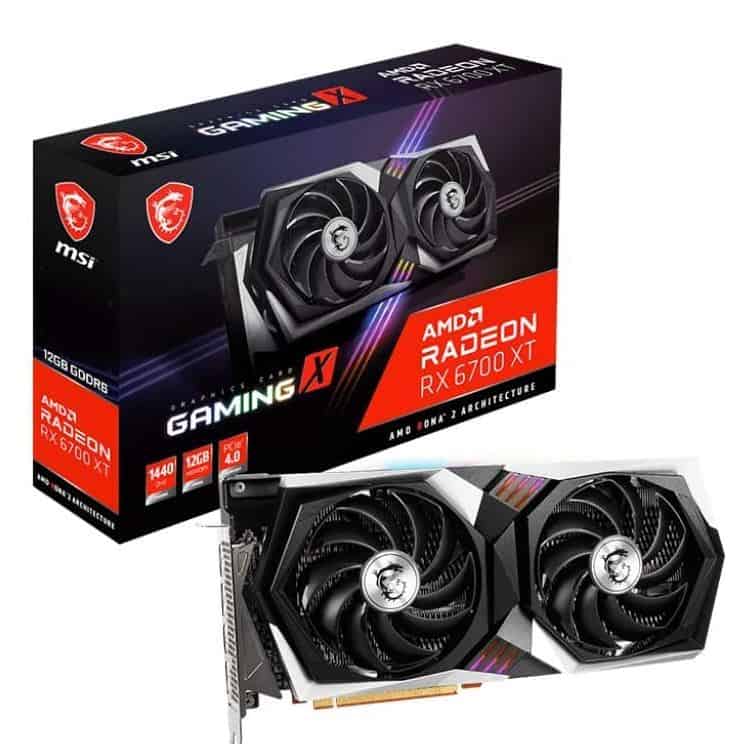
Pros
Smaller in size than some optioons
Cheaper yet still powerful

MSI GEFORCE RTX 3060 TI VENTUS 3X OC graphics card
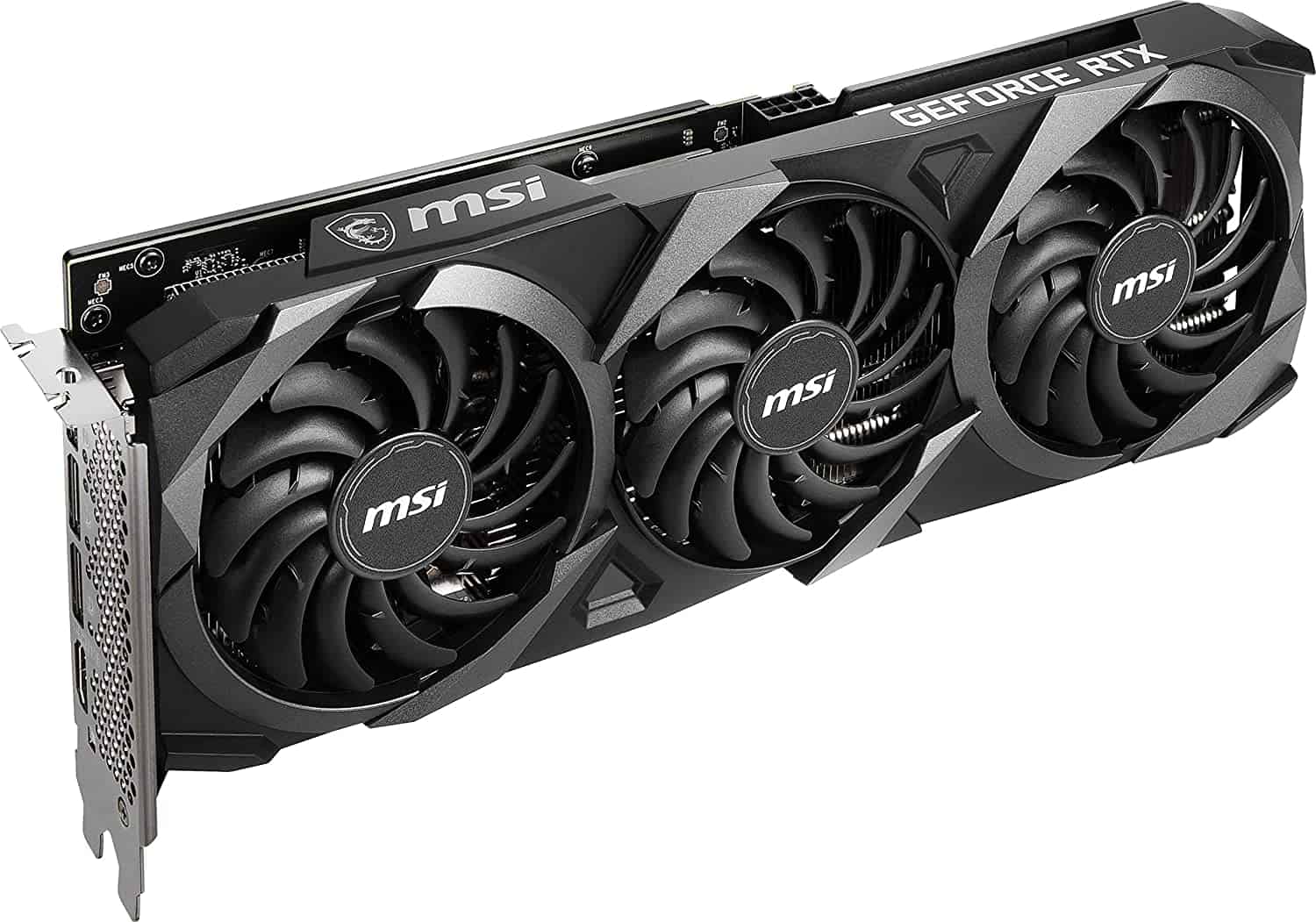
Pros
Stylish, gaming aesthetics
Strong materials and build design
High-end cooling solution
Conclusion
Overall, for the RX 6700 XT vs RTX 3060 Ti we see that the Nvidia card is the better option. It offers better value for money and even though falls behind slightly on average, it is very slightly and even wins out at 4k. However, in the current market, you can get the better performing AMD card for cheaper which is the bigger factor for us.
Although it may be worth waiting just a little bit longer to decide on your next graphics card. With the introduction of a new competitor expected at the end of summer with Intel Arc Alchemist GPUs. Then the next generation choices from AMD and Nvidia, the RDNA 3, and Ada choices are expected to launch by the end of 2022. Even if you didn’t want them, they should stabilize and lower the prices of the current generation.






